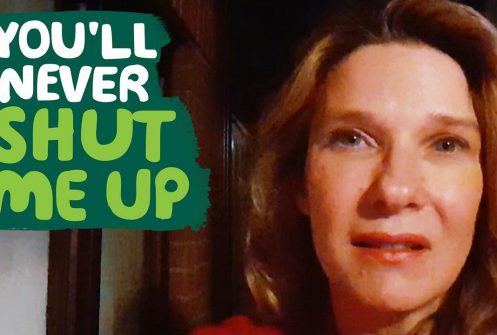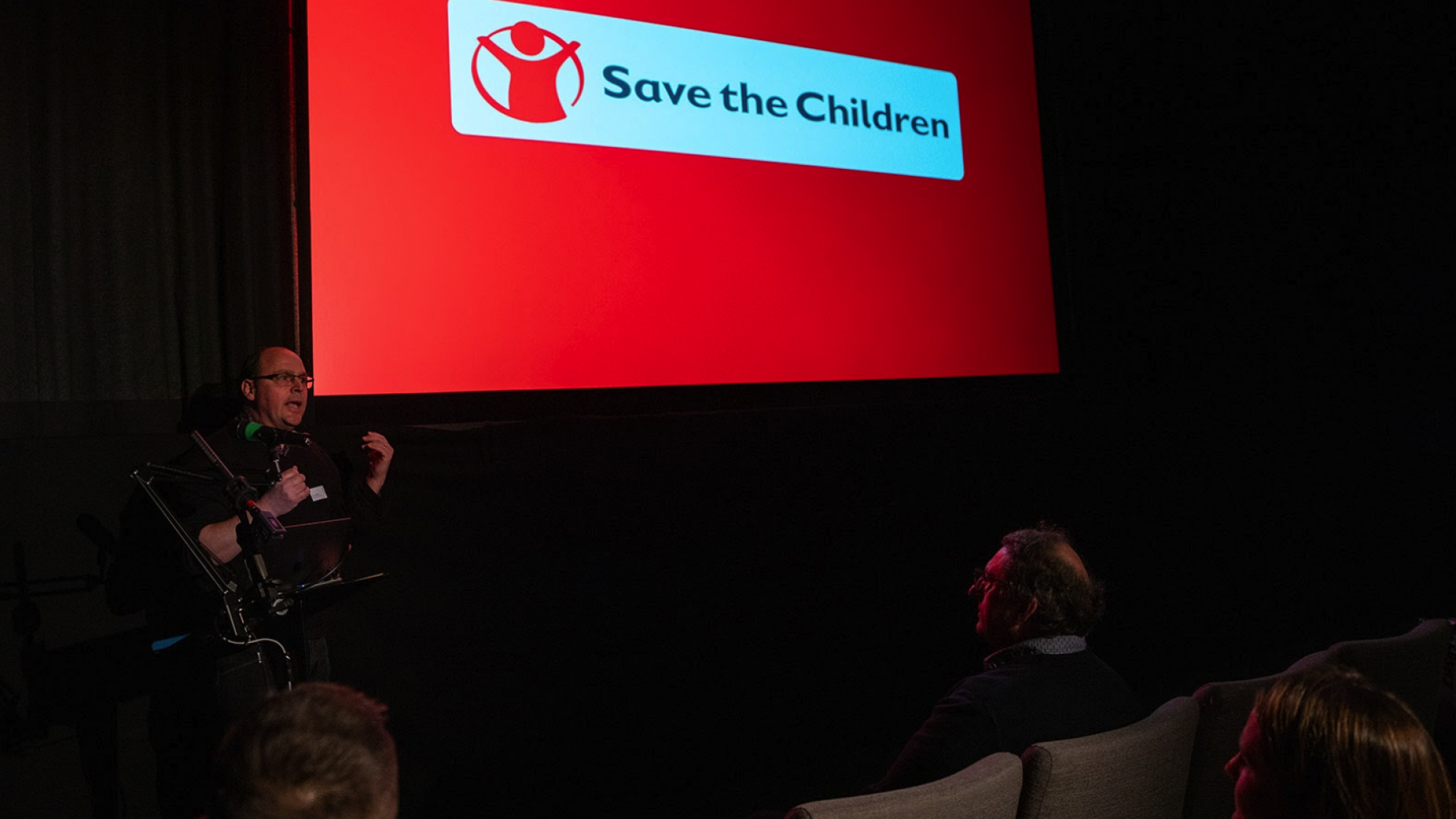

Jon Jacques, Proposition Lead (Legacies) at Save the Children gave a fascinating comparison of two legacy fundraising creatives at our latest Relay event, Grow your Giving: How cutting-edge creative is driving fundraising in 2020.
For the top 20 charities in the UK, legacy donations make up about a third of their income and Save the Children have seen this increase by 5% year on year since 1988, when tracking began. Save the Children are currently having a record year of £25 million – the most ever received in legacies.
Interestingly, however, less than half of these donations come from Save the Children’s existing supporters or those already on their database. This is why even charities with their own established legacy programmes are beginning to look beyond their existing supporters, to those who likely are connected to the cause but not in a way that we can directly communicate with them.
The ‘baby boomer’ segment proves to be a huge opportunity for legacy fundraising and, while 75% of this audience already have a will, the opportunity is ongoing as most plan to change it. That’s why so many charities have started to invest in TV as a route to this audience, led by charities like Cancer Research UK, Macmillan, UNICEF, British Heart Foundation.
Alice launched in 2018, following lots of direct response activity but very little brand activity to support it. So this creative steps away from an established pattern of legacy activity to focus on driving an emotional response and highlight the difference a gift would make.
The campaign ran across TV and social media and the response to the creative was extremely positive. The hope and optimism generated lots of positive media coverage, traffic and engagement, and the story was received well at in-person events. However, very few respondents could remember or identify the charity and the call to action wasn’t landing. In fact, 32% of respondents said they didn’t really know what the ad was about.
Feedback from the ambassador group provided important insight to improve the performance of the campaign, specifically around a stronger call to action. For example, getting inside the mindset of the pledger audience showed concerns, and even a sense of guilt, about the world they were leaving behind for their loved ones. This was particularly true among new grandparents. These learnings took the creative back to the fundraising side of the spectrum and led to repurposing Alice’s story into a more direct legacy fundraising ask – see below. The focus of this campaign across TV and paid social media was driving response in the form of Will guide downloads, to get people into a legacy journey.
Key results:
Overarching takeaways:
Balancing brand measures like storytelling, cut-through and memorability with fundraising asks and actions is difficult. In this case, the stronger legacy connection in the creative drove better response rates, but broadly to a smaller audience. This is key for considering whether TV is the right channel for future campaigns, and the role that brand measures play in the way you measure your objectives. The key is to test and learn on a journey to find your perfect mix.